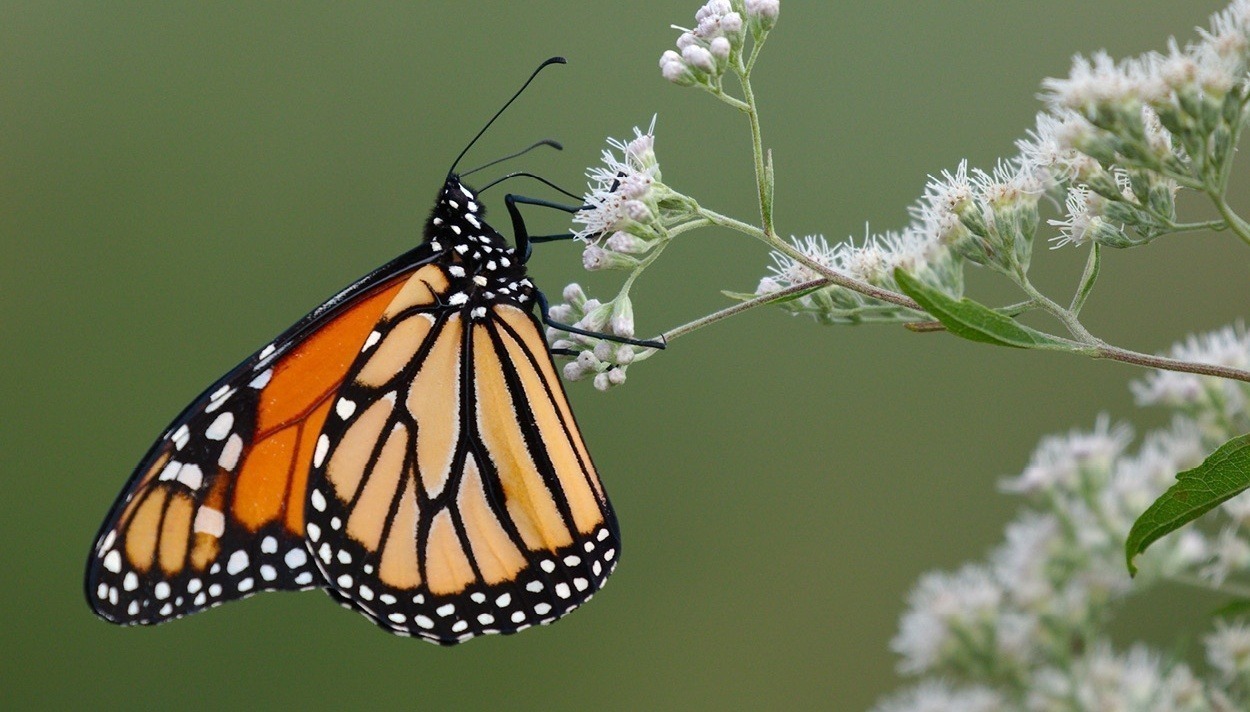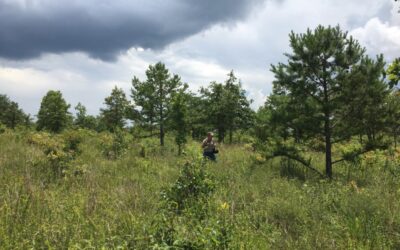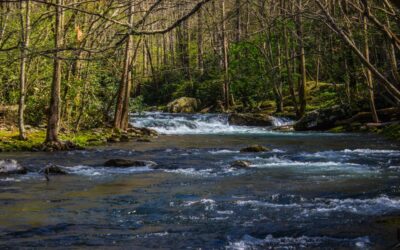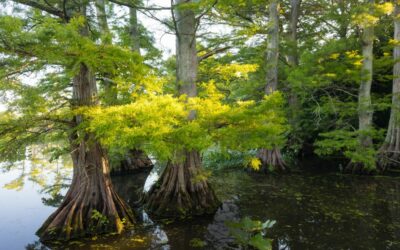Your land—whether it’s a tiny urban lot or a rolling rural property—can help give wildlife the basics needed to thrive.
Making a few changes and certifying your habitat can make all the difference.
When it comes to making your yard wildlife friendly, sometimes less is more. You see, in an effort to make our yards tidy and pleasing to the human eye, we often remove the very things that attract and nurture birds, small mammals, amphibians, and many insects.
Tennessee Wildlife Federation has partnered with the National Wildlife Federation to help you create a wildlife haven in your own yard—regardless of its size. By following a few guidelines to provide wildlife the essentials, your garden can become a Certified Wildlife Habitat.
So this spring, in time for Garden for Wildlife Month in May, why not manage your yard in a way that works with nature? It could mean less yard work in the long run.
Here are three ways to get started. And then visit our garden for wildlife page to certify your backyard.
Pile It On
One of the easiest ways to help wildlife thrive is to create a brush pile. If you have a hidden corner on your property, ideally on the edge of a tree line, toss dead limbs, leaves, grass clippings, and other plant material that might otherwise be hauled off to a municipal landfill. You’ll make a home for all kinds of little critters.
Think of a brush pile as nature’s apartment building. Many insects and arthropods overwinter under leaves. Skinks, those little lizards with the blue tales, lay their eggs in leaf litter. Toads look for snug cavities to spend their days out of the sun. Salamanders seek out the moist soil underneath layers of vegetation. Chipmunks hide in the crevices formed by old logs. And some birds roost or flee from predators in a thick jumble of stacked branches.
Over time, these brush piles decompose, further enriching the soil beneath and forming a whole network of microscopic organisms that thrive in the ground.
Let It Grow
We in the South love our lawns. They’re badges of pride for many homeowners who spend thousands of dollars and hundreds of hours tending them and making them into showpieces. But the unfortunate truth is that, despite everything we put into them, lawns give very little back to wildlife. Sometimes, they can be downright harmful if they are treated with pesticides.
There is a growing movement that encourages folks to allow a portion of their yard to grow unchecked, mowing it only once a year, and allowing it to evolve into a mini wildlife sanctuary—saving time and money on lawn maintenance in the process.
The plants that are already in your seedbed will sprout, grow, and bloom, providing cover and sustenance for pollinators and small critters, if you just leave it alone. You can offset the unkempt look by keeping a clean perimeter mowed around it.
At the very least, try to reduce or eliminate the use of chemicals, which indiscriminately kill insects and get into the food chain.
Go Native
If you aren’t ready to take the leap into an unrestrained weed patch, and you don’t mind spending a few bucks, think about incorporating native perennials such as black-eyed Susan, butterfly milkweed, goldenrod, and bee balm into your landscape.
>>LEARN MORE: Find the best native plants for where you live
Feeling even more ambitious? Pocket prairies—small parcels of land planted with a variety of native grasses and perennials—are sprouting up all across the state. They provide insects, birds, and small mammals with nectar sources, nesting sites, and protection from predators. If you go this route, you will have to invest time and money on the front end to prepare your site and eliminate undesirable plants, but the results can be spectacular.
But don’t limit yourself to flowers. Serviceberry and Carolina buckthorn are among the many native shrubs and trees that will beautify your property while at the same time be useful to birds, butterflies, and other species. Most nurseries now carry a selection of native plants suited to your area, so finding what you need shouldn’t be a problem.
Visit tnwf.org/certify-a-habitat to find out more about the five essentials to include in your yard to qualify it as a Certified Wildlife Habitat.
Featured photo by Rick McCulley




